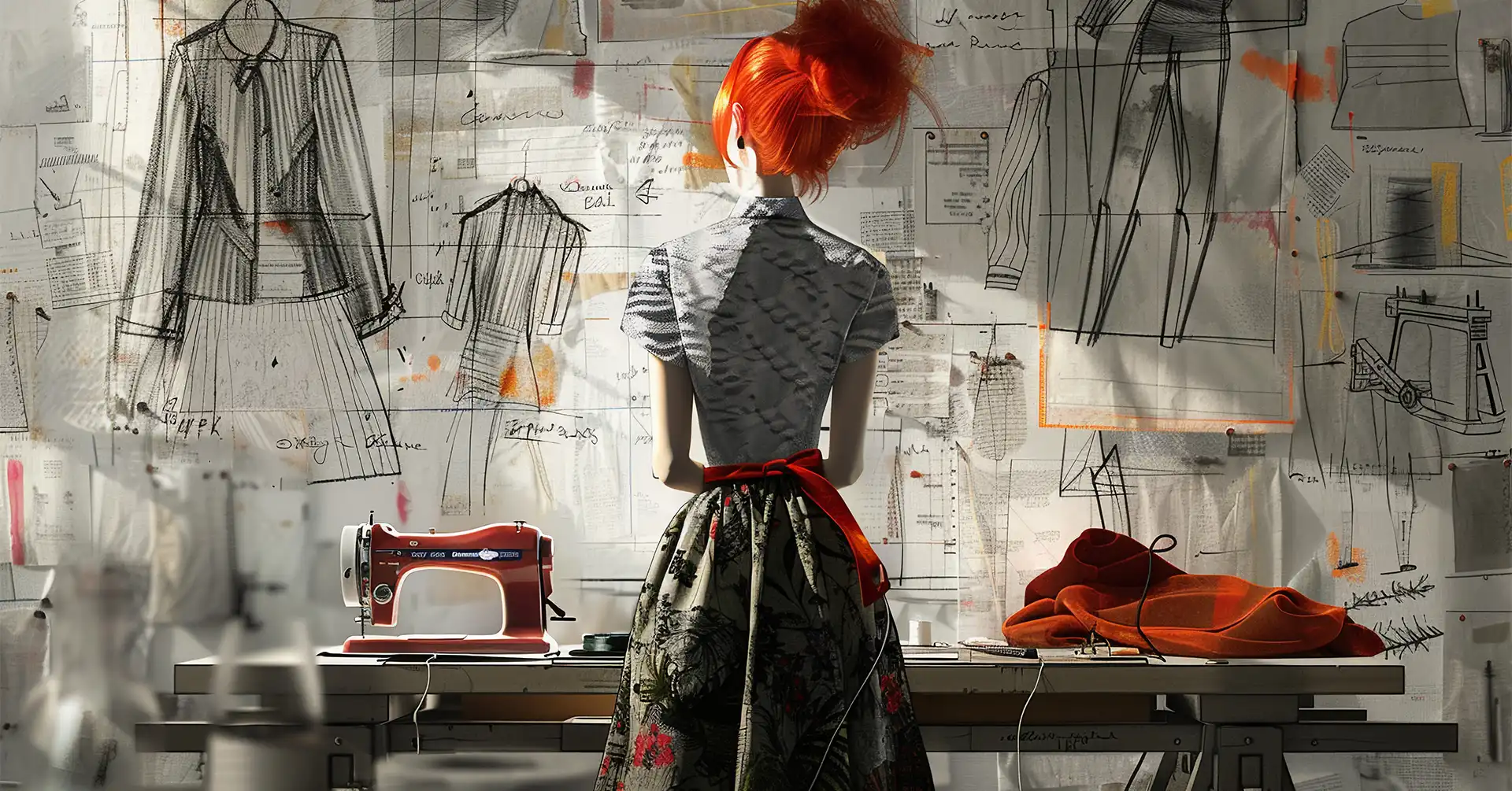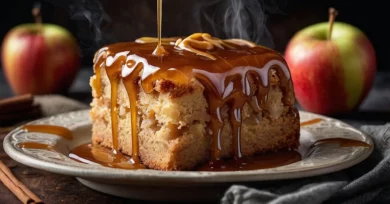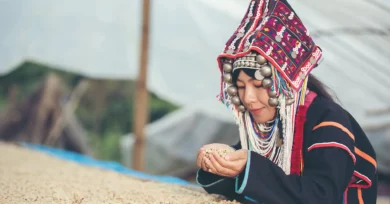In the beginning of fashion, our ancestors used whatever materials they could find in their environment. Animal skins, plant fibers, and even tree bark were common. They developed simple yet effective ways to cover and protect their bodies. Early designs were all about functionality—keeping warm in the cold and cool in the heat.
As time went on, these early humans began to decorate their clothing. They used natural dyes to add color and added beads, shells, and feathers to make their garments stand out. This was the true beginning of fashion, where clothing became more than just protection—it became a form of expression.
Functional vs. Decorative Clothing
In ancient times, clothing served two main purposes: it was functional and it was decorative. Functional clothing was all about practicality. Hunters needed to stay warm during long winter hunts, so they wore thick fur cloaks. Farmers needed lightweight, breathable clothing for working in the fields, so they wore simple linen tunics.
But as society evolved, so did the concept of fashion. Decorative clothing emerged as a way to show status and identity. Kings and queens wore elaborate robes made from rare materials, while priests adorned themselves with colorful, symbolic garments. The beginning of fashion marked a shift from purely functional attire to clothing that told a story about the wearer.
From Feathers to Fabric: Early American Indigenous Dress
Traditional Attire of Native American Tribes
The beginning of fashion in America can be traced back to the rich traditions of Native American tribes. Each tribe had its unique style, deeply rooted in their culture and environment. They used natural resources available to them, such as animal hides, feathers, and plant fibers, to create beautiful and practical clothing.
For example, the Plains tribes, like the Sioux and Cheyenne, were known for their intricate beadwork and feathered headdresses. The Navajo crafted stunning woven blankets and dresses from sheep wool. These traditional attires were not only functional but also held significant cultural and spiritual meanings.
Influence of Climate and Culture
The clothing of Native American tribes was heavily influenced by their climate and culture. In the hot and arid regions, tribes like the Hopi and Pueblo wore light, breathable fabrics to stay cool. In contrast, tribes in colder climates, such as the Inuit, wore thick, insulating garments made from animal furs to keep warm.
Cultural practices also played a significant role in the beginning of fashion among Native Americans. Ceremonial attire was often elaborate and colorful, designed to honor their gods, celebrate important events, or distinguish leaders within the tribe. Everyday wear, on the other hand, was simpler but still reflected their deep connection to nature and their community.
Medieval American Colonies
Influence of European Settlers on Fashion
European settlers arriving in the American colonies brought with them not just new ideas and technologies, but also their distinctive fashion sensibilities. The beginning of fashion in colonial America was heavily influenced by these early pioneers, who adapted their Old World attire to suit the challenges and opportunities of the New World. Fabrics like wool and linen, sturdy and suitable for the climate, became staples in early American wardrobes.
Blending of Old World and New World Attire
As colonies expanded and diversified, so did their fashion choices. The beginning of fashion in America saw a fascinating blend of traditional European styles and practical adaptations suited to the frontier lifestyle. Buckskin, for example, became popular among settlers for its durability and availability, reflecting a pragmatic approach to dressing in the wilderness.
Renaissance Influences
Impact of the Renaissance on Colonial Fashion
The Renaissance brought a wave of cultural and artistic revival that rippled across the Atlantic to the Americas. The beginning of fashion during this era saw an infusion of luxurious fabrics, intricate designs, and a renewed emphasis on craftsmanship. Colonists began to emulate the opulence seen in European courts, albeit with a practical twist to suit the colonial environment.
Introduction of New Materials and Techniques
With the Renaissance came advancements in textile production and dyeing techniques, allowing for a broader palette of colors and textures in colonial fashion. Silks, velvets, and brocades—once reserved for the elite—found their way into the wardrobes of affluent colonists, signaling a shift towards more sophisticated and refined tastes. The beginning of fashion in the Americas was thus marked not just by adaptation but by innovation and a growing sense of identity distinct from their European counterparts.
Fashion in Colonial America
In the 18th and 19th centuries, fashion in Colonial America underwent significant changes, marking the beginning of fashion as we know it today. Influenced by the tumultuous times surrounding the American Revolution, clothing styles evolved to reflect new ideals and identities emerging across the young nation.
Emergence of American Fashion Identity
During this era, the influence of the American Revolution on clothing was profound. Colonists sought to break away not only politically but also culturally from European norms. This desire for independence extended to fashion, where simpler, more practical clothing styles began to replace the elaborate and restrictive garments of earlier European fashion.
Innovations in Textile Production
The Victorian Era further propelled the evolution of American fashion. With the Industrial Revolution in full swing, advances in textile production transformed the way clothing was made and consumed. Factories churned out fabrics at unprecedented rates, making clothing more affordable and accessible to a broader segment of the population.
Rise of Ready-to-Wear Clothing
Moreover, the Victorian era saw the rise of ready-to-wear clothing, marking a shift from custom-made garments tailored by hand to mass-produced attire available in department stores. This shift not only democratized fashion but also laid the groundwork for the modern fashion industry as we know it today.
Roaring Twenties: Flappers and Freedom
In the Roaring Twenties, known as the beginning of fashion’s modern era in America, flappers embodied a newfound sense of freedom and rebellion. The Jazz Age ushered in a cultural shift where women embraced shorter hemlines, loose silhouettes, and bold accessories. This era marked a departure from traditional Victorian norms, symbolizing a vibrant defiance against societal constraints.
The Golden Age of Hollywood
During the Golden Age of Hollywood, fashion in America experienced a glamorous revolution influenced by silver screen icons and their iconic styles. Hollywood celebrities like Marilyn Monroe and Audrey Hepburn became synonymous with elegance and sophistication, setting trends that captivated the nation. This era saw the rise of couture houses and designers who shaped the tastes and aspirations of millions across the country.
Conclusion
In conclusion, the beginning of fashion in the 21st century reflects a dynamic intersection of technology, globalization, and sustainability in American style. From the rapid pace of fast fashion to the global exchange of ideas shaping trends, and the growing emphasis on eco-friendly choices, fashion continues to evolve as a powerful cultural and environmental force. As Americans embrace innovation and responsibility in their fashion choices, the future promises a vibrant landscape where creativity meets conscientiousness, shaping trends that resonate far beyond the runway.
Also Read:
Hill Stations in India: A Guide to Nature’s Retreats
Sustainable Clothing Manufacturers: Key Players in Ethical Fashion






